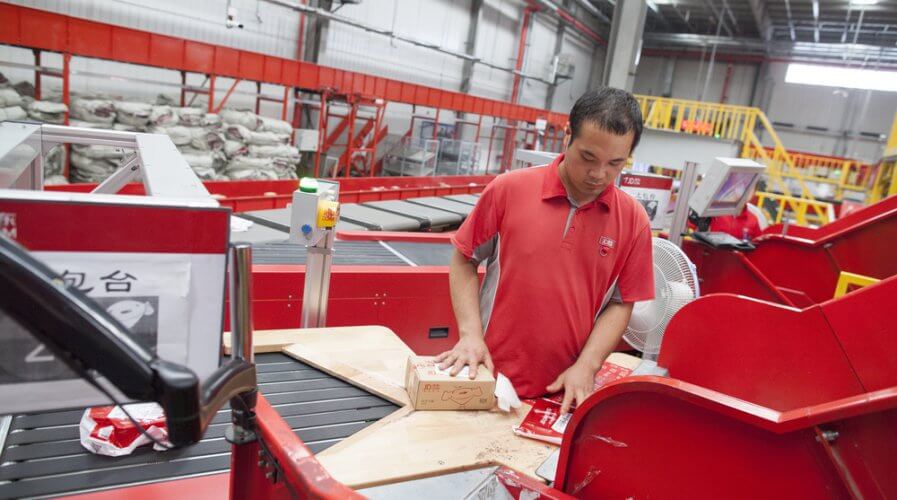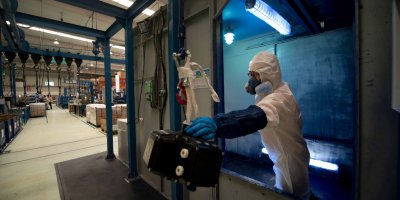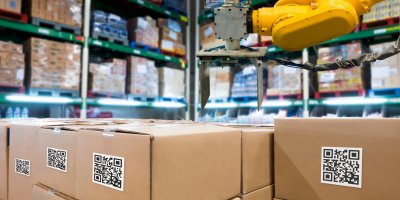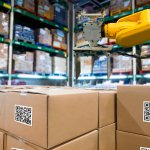
Here’s exactly how procurement functions can autonomate and digitize themselves. Source: Shutterstock
A digital transformation blueprint for procurement professionals
PROCUREMENT professionals are in a tough spot right now, with a complex international trade landscape, an uphill battle with logistics, and an increasingly complicated set of upstream and downstream relationships to maintain across the value chain.
Fortunately, various technologies are coming to life for procurement professionals and might help them breathe easy in the digital age with effective ways to overcome everyday obstacles.
“From AI that does predictive demand planning to smart bots that enable high-scaled supplier search worldwide, automation, commoditization, artificial intelligence (AI), and advanced analytics will be key drivers of change for procurement,” Roland Berger Principal – Southeast Asia Cipto Herlianto told Tech Wire Asia.
Diving into the three-phased blueprint
Herlianto believes that the world of procurements is at the brink of disruption, and technology will pave the way for a better, more intelligent future.
The management consultant provides a blueprint comprised of three phases to help any procurement professional navigate the challenges of today’s disruptive digital world to ensure a seamless transition:
# 1 | Phase 1 — Adopt a new mindset
First and foremost, a change in business approach is needed along with a shift in the organization’s mindset.
Tomorrow’s procurement function will be less concerned with monitoring costs or tracking automation projects, and much more interested in adding value back to the business through innovation.
“Division heads, or Chief Procurement Officers, need to break the misconception that digitization is all about efficiency-driven automation.
“Instead, they need to see technology as a value-generating enabler which will allow procurement to capitalize on trends in the consumer and supplier market as parts of an interconnected network in the ecosystem.”
Internally, procurement will inevitably become more automated and digitized, Herlianto forecasts.
Robotic Process Automation or ‘bots’ can already take over a lot of transactional tasks such as invoice verification and payment approvals.
As bots become abundant and tasks commoditized, procurement professionals will be tasked to carve a new value proposition, otherwise, their business partners will be doing the job themselves.
One approach that procurement professionals can consider for new value creation is by broadening supplier relationship and finding new supplier innovation.
More than any other function, procurement is a seismograph for global change – an early indicator of the shocks, disturbances, and innovations that today’s highly complex international networks of companies are subject to.
Therefore, it is best positioned to control and react to changes in value chains.
Realizing all these ultimately depend on whether procurement professionals can begin to see themselves at the peer level with sales, marketing, and R&D teams.
“Procurement teams will need to drive agenda, capture value from suppliers upstream, and connect with cross-functional partners. Chief Procurement Officers will need to think end-to-end, from suppliers to consumers in the value chain, and to look long-term for the white space of business opportunity.”
# 2 | Phase 2 — Building comfort with technology
“Procurement professionals need to be on the lookout for sources of innovation that create value.”
It is important to be aware that developments in value chain happen in many places, not just in traditional hotspots such as Munich or Singapore.
Procurement teams need to filter and evaluate technology trends in many other places such as Shenzhen, Jakarta, and even Tel Aviv.
“Their scope of search needs to be widened beyond their profession as well. Procurement needs to look beyond procurement-specific solution, but at every technological solution available in the market — be it in other industries or in other departments.”
For instance, blockchain, 3D printing, and the internet of things are not procurement-specific solutions, but they can potentially alter the value chain.
Apart from spotting technological innovation, procurement can develop value-added analytics on consumers and suppliers, from insights into types of product in demand in different regions, to the foresight of risks and trends in commodity markets, to an internal analysis of sources of spend leakage.
To accomplish this, a vast and high-scale information network is needed so procurement leaders can solve higher-level critical questions.
Web tools, social media networks, big data, and AI allow procurement teams to generate better insights from large amounts of data. With the necessary data at one’s disposal, AI can work to procurement’s advantage.
# 3 | Phase 3 — Shine the spotlight on talent to augment digital
“It is important to acknowledge that excellent and talented category managers are still in demand. Negotiation and reverse selling to suppliers — the science and art of convincing suppliers – will still be needed.”
However, as digitization and localization scale globally, procurement will also need talent that can make use of data and work with an international network of companies.
“A complementary team structure, one that includes data analysts and data scientists, can significantly benefit tomorrow’s procurement teams.”
As the function increasingly starts to rely on real-time data, it will need people who are trained to evaluate, interpret, and quickly react to data.
In the future, Hirlianto sees procurement professionals increasingly operating as strategic network facilitators as well as innovation managers.
The future state of procurement
Technology has the potential to disrupt industries as a whole. However, in the procurement function, technology is expected to play a strong role in building capabilities to ensure the team can innovate and create interesting solutions to better serve the business.
In the future, Herlianto believes procurement will focus on external value creation and be a key partner to the CEO.
“Aided by technology, there will more work done on the process instead of more people working in the process.”
Per Herlianto’s vision, digitization will bring complete tracking and radical data transparency across the entire value chain, and category managers will be highly connected with the real-time flow of information.
As procurement begins to see things from end-to-end, it will generate higher value by providing business insights and foresight, adding proprietary knowledge to the corporate parent.
“Overall, procurement is expected to participate in and help shape the transformation of a company and its employees,” concluded Herlianto.
READ MORE
- Safer Automation: How Sophic and Firmus Succeeded in Malaysia with MDEC’s Support
- Privilege granted, not gained: Intelligent authorization for enhanced infrastructure productivity
- Low-Code produces the Proof-of-Possibilities
- New Wearables Enable Staff to Work Faster and Safer
- Experts weigh in on Oracle’s departure from adland








